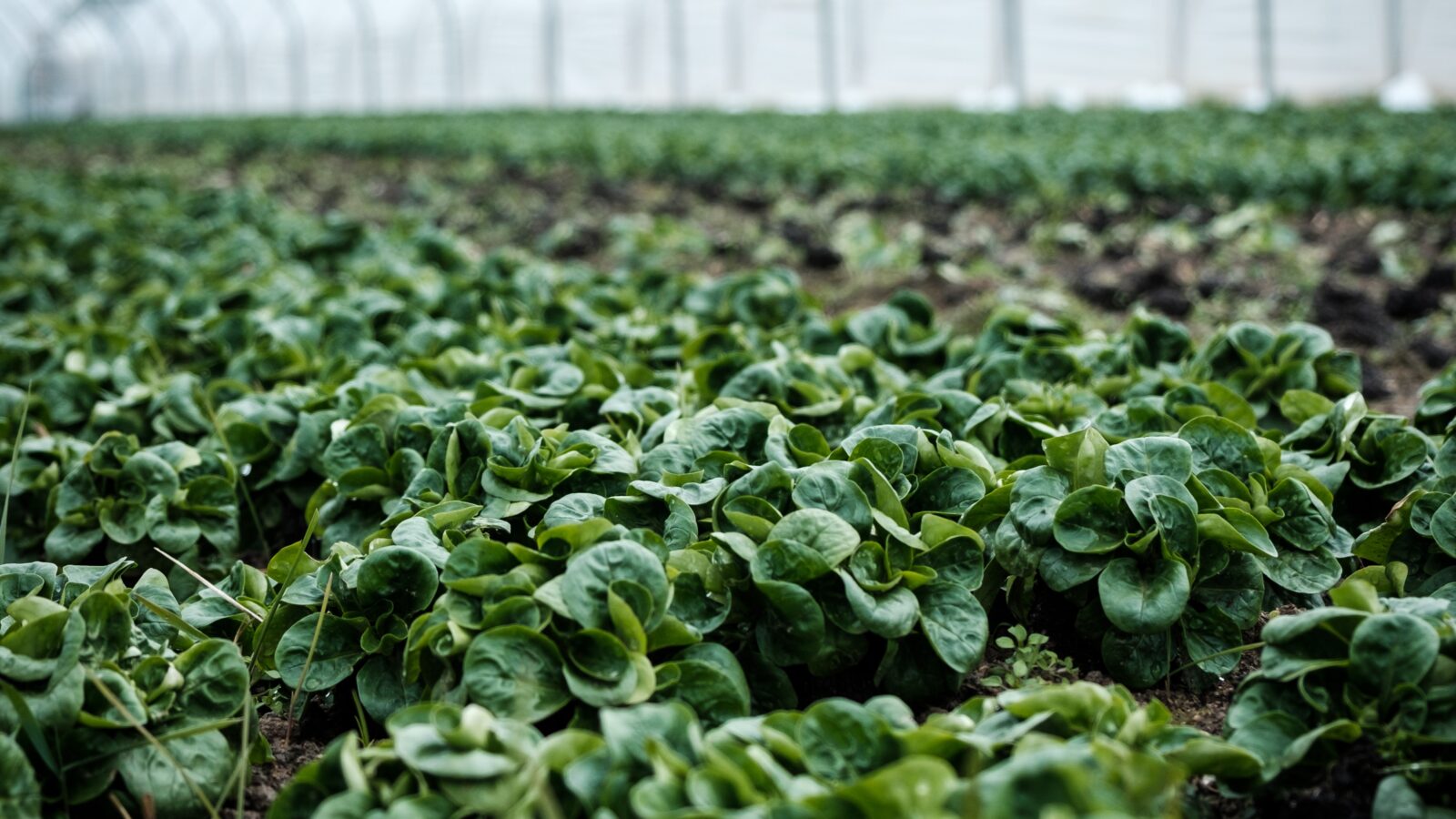
The U.S. food and agriculture system’s sustainability, competitiveness, and resilience can be increased further by convergent advances in data and material science, information technology and many other fields.
These are some of the conclusions in a new report from the National Academy of Sciences.
The report, Science Breakthroughs to Advance Food and Agricultural Research by 2030, points out that urgent progress is needed given challenges such as water scarcity, increased weather variability, floods, and droughts.
It states that more than a third of food produced in the U.S. is unconsumed – “an unacceptable loss of food and nutrients at a time of heightened global food demand.” Increased food animal production to meet that demand will generate more greenhouse gas emissions and excess animal waste. The U.S. food supply is generally secure, the report says, but it is not immune to the costly and deadly outbreaks of food-borne illness or to the constant threat of pests and pathogens to crops, livestock, and poultry.
“In the coming decade, the stresses on the U.S. food and agricultural enterprise won’t be solved by business as usual – either in the field or in our current research efforts,” said Susan Wessler, Neil and Rochelle Campbell Presidential Chair for Innovations in Science Education and distinguished professor of genetics, University of California, Riverside, and co-chair of the committee that conducted the study and wrote the report.
“At this pivotal time in history with an expanding global population requiring more from an increasingly fragile natural resource base, science breakthroughs are needed now more than ever for food and agriculture,” said Professor Wessler. She added that the United States was the world’s greatest agricultural producer and bore the tremendous responsibility of implementing scientific advances to support the nation’s well-being and security, and perhaps even global stability, and the tools and resources identified in this report could ensure its success.
The report identified five breakthrough opportunities that take advantage of a convergent approach to research challenges and could potentially increase the capabilities of food and agricultural science dramatically. They include recommendations for a range of federal agencies, as well as federal and private funders and researchers.
- A systems approach to understand the nature of interactions among the different elements of the food and agricultural system can be leveraged to increase overall system efficiency, resilience, and sustainability. Progress is only able to occur when the scientific community begins to more methodically integrate science, technology, human behavior, economics, policy, and regulations into biophysical and empirical models. Trans-disciplinary science and systems approaches should be prioritized to solve agriculture’s most vexing problems, the report says. Enticing and enabling researchers from disparate disciplines to work effectively together on food and agricultural issues will require incentives in support of the collaboration.
- The development and validation of highly sensitive, field-deployable sensors and biosensors will enable rapid detection and monitoring capabilities across various food and agricultural disciplines. Sensing technology has been used widely in food and agriculture to provide point measurements for a characteristic of interest, such as temperature, but the ability to continuously monitor several characteristics at once is the key to understanding both what is happening in the target system and how it is occurring. An initiative should be created to more effectively develop and employ sensing technologies across all areas of food and agriculture. For example, soil and crop sensors could provide a continuous data feed and alert a farmer when moisture content falls below a critical level to initiate site-specific irrigation to a group of plants, eliminating the need to irrigate an entire field.
- The application and integration of data sciences, software tools, and systems models will enable advanced analytics for managing the food and agricultural system. The food and agricultural system collect an enormous amount of data but has not had the right tools to use it effectively, as data generated in research laboratories and in the field have been maintained in an unconnected manner, the report says. The ability to more quickly collect, analyze, store, share, and integrate heterogeneous data-sets will vastly improve understanding of the complex problems, and ultimately, lead to the widespread use of near-real-time, data-driven management approaches.
- The ability to carry out routine gene editing of agriculturally important organisms will allow for precise and rapid improvement of traits important for productivity and quality. Gene editing is poised to accelerate breeding to generate traits in plants, microbes, and animals that improve efficiency, resilience, and sustainability, the report says. This capability opens the door to domesticating new crops and soil microbes, developing disease-resistant plants and livestock, controlling organisms’ response to stress, and mining biodiversity for useful genes. Furthermore, crops could be effectively modified for enhanced taste and nutritional value.
- Understanding the relevance of the microbiome to agriculture and harnessing this knowledge will improve crop production, transform feed efficiency, and increase resilience to stress and disease. Research on the human microbiome demonstrates the effect of resident microbes on the body’s health; however, a detailed understanding of the microbiomes in agriculture is markedly more rudimentary. A trans-disciplinary research effort focused on the various agriculturally relevant microbiomes and the complex interactions between them would help modify and improve numerous aspects of the food and agricultural continuum. For example, understanding the microbiome in animals could help to more precisely tailor nutrient rations and increase feed efficiency.
“Realizing the vision this report recommends will require a holistic approach that combines scientific discovery, technological innovation, and incentives to revolutionize the way we approach greater food security and human and environmental health,” said committee co-chair John Floros, president, New Mexico State University.


